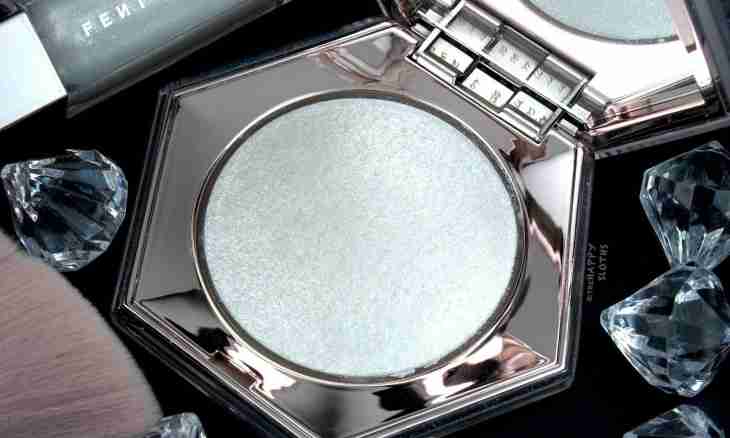Formation of a unique crystal lattice of diamond happens at a huge depth in 100-200 km under pressure of 5000 MPas and at a temperature up to 1300 °C. In the nature this mineral meets as in the form of crystal accretions, and separate monocrystals.
Diamond — the most solid mineral on the planet representing polymorphic modification of carbon. In usual conditions this stone kvazistabilen, however can exist unlimited time, without being transformed to stable graphite.
Whether has gloss
The coefficient of a svetoprelomleniye of diamonds fluctuates within 2.41-2.42, and their dispersion is equal to 0.0574. Indicators it is very high. However natural diamonds on light practically do not shine. For this reason it is usually difficult for ignorant person to distinguish this stone from other semi-precious stones.
Diamonds gain gloss, only being facetted by the jeweler. When processing such mineral the master has to observe the certain proportions calculated with use of formulas. Only in this case it is possible to receive the maximum gloss and a game of ready diamond.
Properties of diamond
Diamond is dielectric and is not dissolved in acids and alkalis. Heat conductivity at this mineral very high — 900-2300 W/m · K. Relative hardness of such stones is equal to 10 on Moos's scale. At the same time on absolute hardness they exceed quartz by 1000 times, and rubies and sapphires — by 150 times.
Natural diamonds can be colourless or painted. Black, yellow, blue minerals of this version are very much highly appreciated, for example. The diamonds made of color diamonds have the same strong gloss, as colourless.
Diamonds usually uneven can also have a zone or spotty coloring. Under the influence of ultra-violet, cathode or X-rays such stones begin to shine, that is show luminescent properties.
Despite the high hardness, diamond is very fragile material. To work with such stones at production of jewelry rather difficult. Diamonds very easily break up, forming at the same time a rakovisty break.
At a temperature of 800 °C diamonds begin to burn. With a pressure of 11 GPa and temperature of 4000 °C this mineral melts. If burning happens in the oxygen-free environment, diamonds become graphite.
With oxygen such stones burn with a beautiful blue flame with release of carbon dioxide. Mineral on air completely burns down. At a temperature of 2000 °C in the oxygen environment the thermodynamics of diamond accepts abnormal character.

